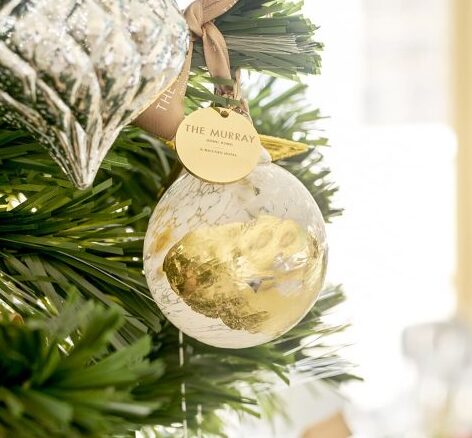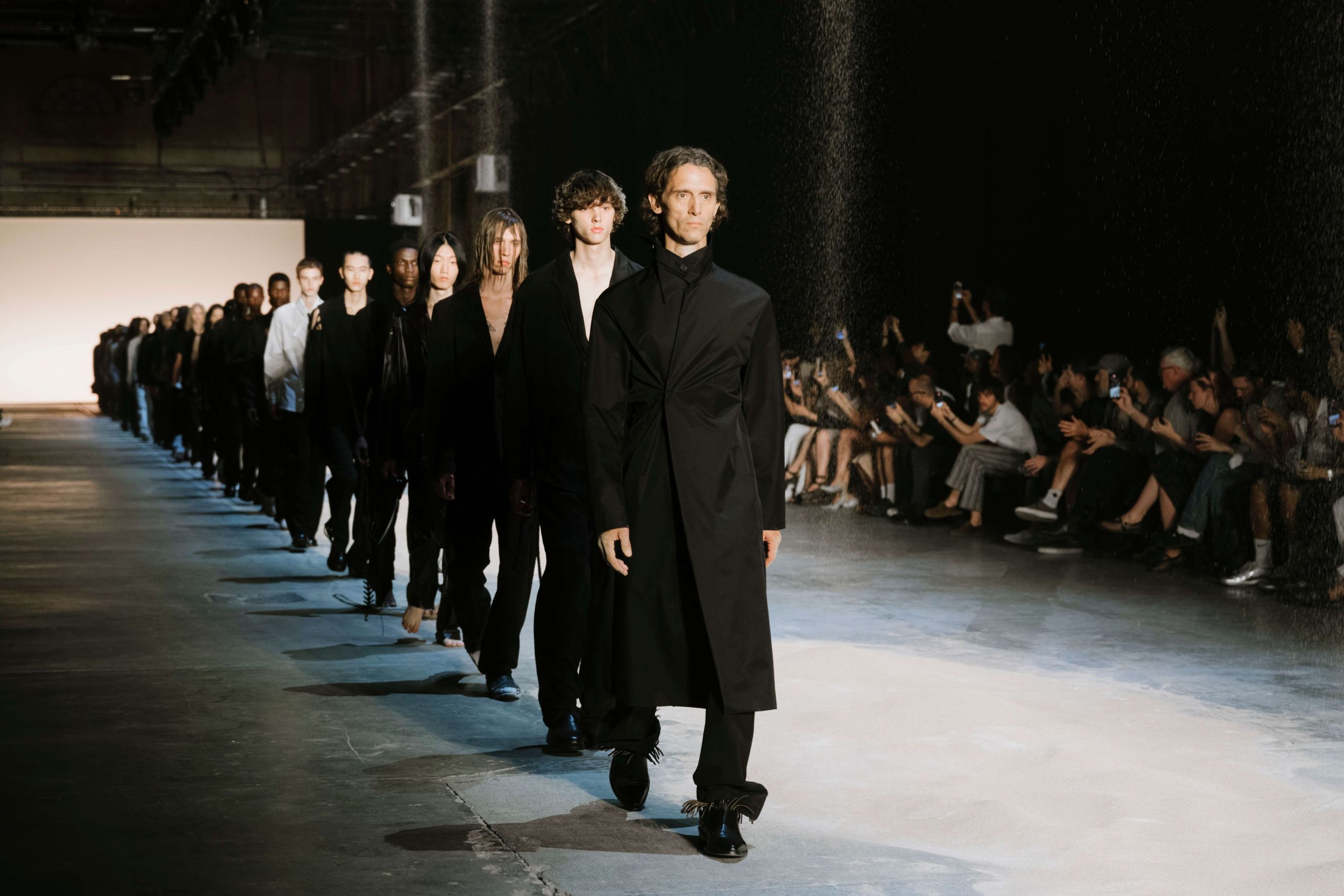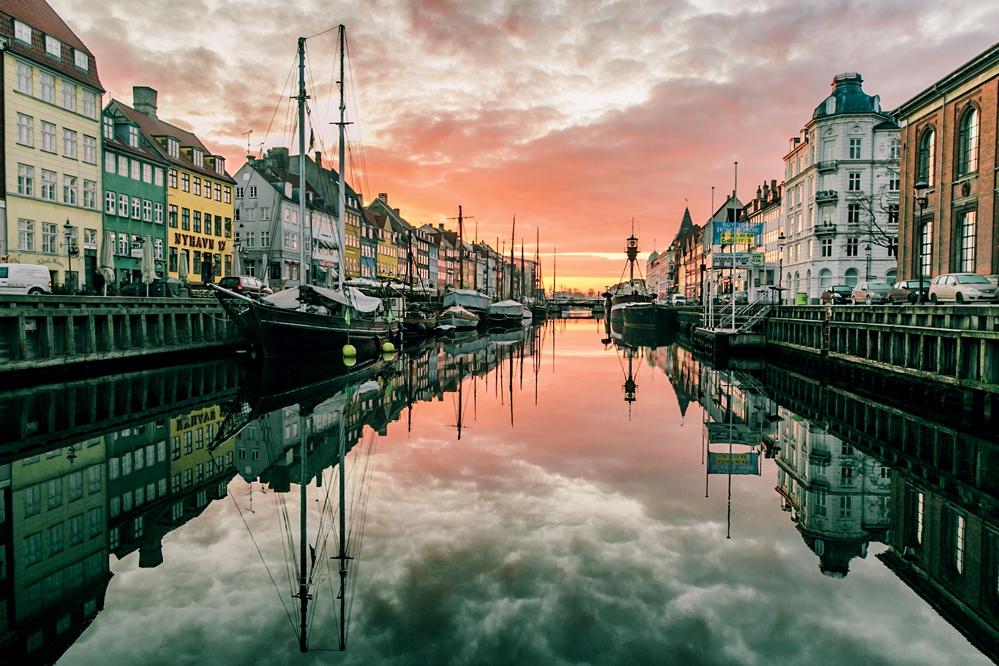
A day in Copenhagen should always begin 80 metres up in the air on the Star Flyer at Tivoli Gardens. It instantly takes me back to the funfairs of my childhood. A huge grin spreads across my face as the swings start to rotate and drift out, and the ride lifts into the air. I hear squeals from the Dæmonen roller coaster as it loops and rolls. The rest of the park comes into view, swathes of colourful flowerbeds, lawns, trees and the lake, the restaurants and cafes. Then Copenhagen’s other lakes and its squares, its domes and the roofs of its buildings of old-fashioned and modern design are laid out as if on a map below me. I’m 80 metres up, whirling and twirling, enjoying a dizzying perspective of the beautiful city as it spins between my feet.
Built in 1843, Tivoli Gardens is old-school, quality fun in the very centre of Copenhagen. I stroll, snap, smile and squeal, being a kid again, exploring the halls of mirrors, trying my hand at the coin pushers, hanging on for dear life on the roller coaster and admiring a gracious peacock strutting his way through the smartphone- clicking crowds.
This far north in the middle of summer, the sun sets around 10pm. Luscious long days of the freshest air and clearest light keep me energised until late.
I wolf down a steak and enjoy a craft beer at Nimb Bar ‘n’ Grill, at the edge of the gardens, as the lights illuminating the dome and facade of the stunningly designed Nimb Hotel come on.
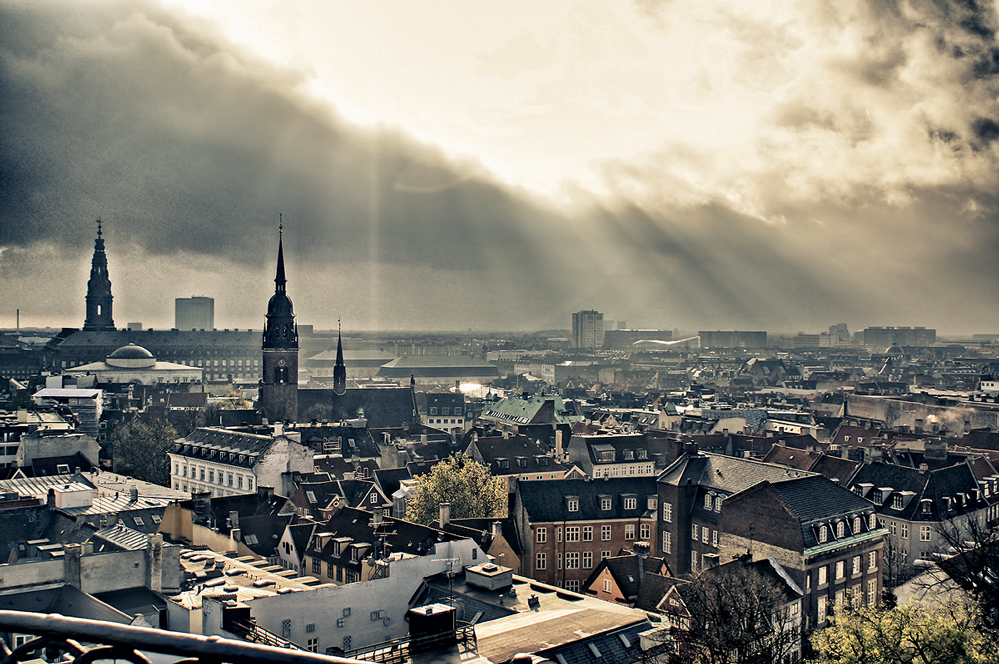
If you stay at the hotel you get a chic room with a fireplace and huge bathroom. The room gives access onto a terrace with a view of the open-air stage in the gardens. The hotel has 17 rooms and suites, each different. It will soon have a swimming pool and spa to go with its stylish bars and restaurants, and its flawless service.
Nearby is the Radisson Blu Royal Hotel, which draws aficionados of design. The lobby is full of Arne Jacobsen’s famous Egg and Swan chairs. The rooms have that distinctly Scandinavian minimalist feel. A little further from the city centre, in hip Vesterbro, is the Andersen Boutique Hotel, with its eclectic and colourful design.
But for real, hushed luxury, the beautifully renovated and totally exclusive Hotel d’Angleterre cannot be faulted. Book the Hans Christian Anderson suite and don’t forget to visit the spa.
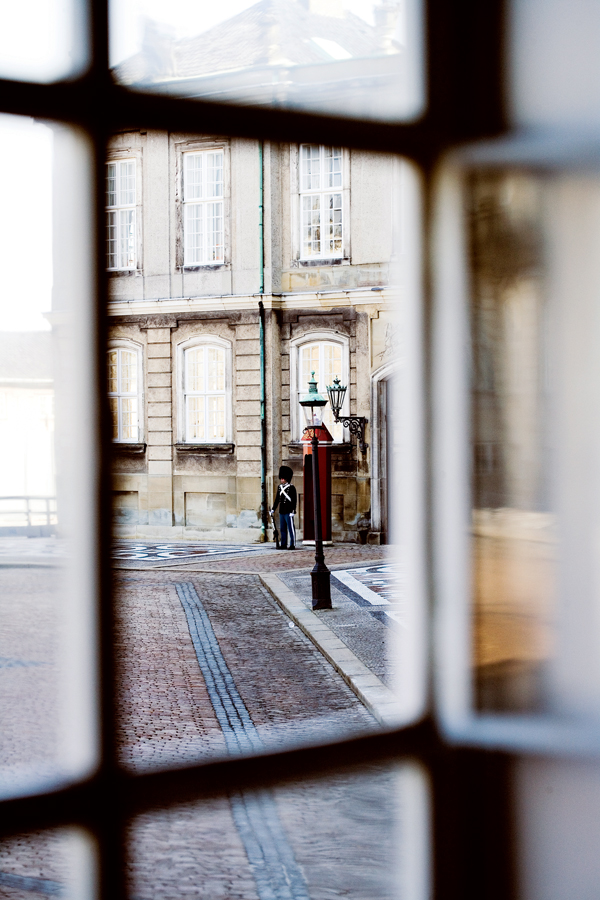
If you’re staying at the d’Angleterre, you will probably gravitate to Frederiksberg, where Copenhagen’s richest live, with its parks, top-end flats, upmarket shops, bars and restaurants. Don’t miss Værnedamsvej, a street that feels like it’s in Paris. Eat lunch at a table out on the pavement at Les Trois Cochons, buy housewares at Dora and cheese at Helges Ost, and sip a glass of white in the afternoon sunshine at Falernum.
To the south is Vesterbro, formerly a red light district and now a hipster hangout. To the north is Norrebro, a young, dynamic, district where anything goes, with its antique and junk shops, its relaxed restaurants and denizens from all corners of the world. I pop into Hamsa Yoga Studio, in a little courtyard, for a hatha class.
“This used to be a shabby neighbourhood,” says studio manager Mai Brondsted. “Over the past 10 years it has become all about the bars, cafes, cool clothes shops and quite a few yoga studios have opened. We haven’t had to convince people yoga is a great idea. But, in general, Danes are reserved while yoga is about opening, so it’s an interesting contrast.”
The reserved manner of Danes also seems to contrast with their reputation for creative design. Yet only a little exploration of Copenhagen, whatever the district, reveals that the city is one giant design fair. Everything feels artisanal. Quality rather than quantity is the name of the Danish game. Artists are valued for their contribution to hygge, a Danish word which is hard to translate into English succinctly, but which expresses the comfort and contentment of enjoying the simple but good things in life.
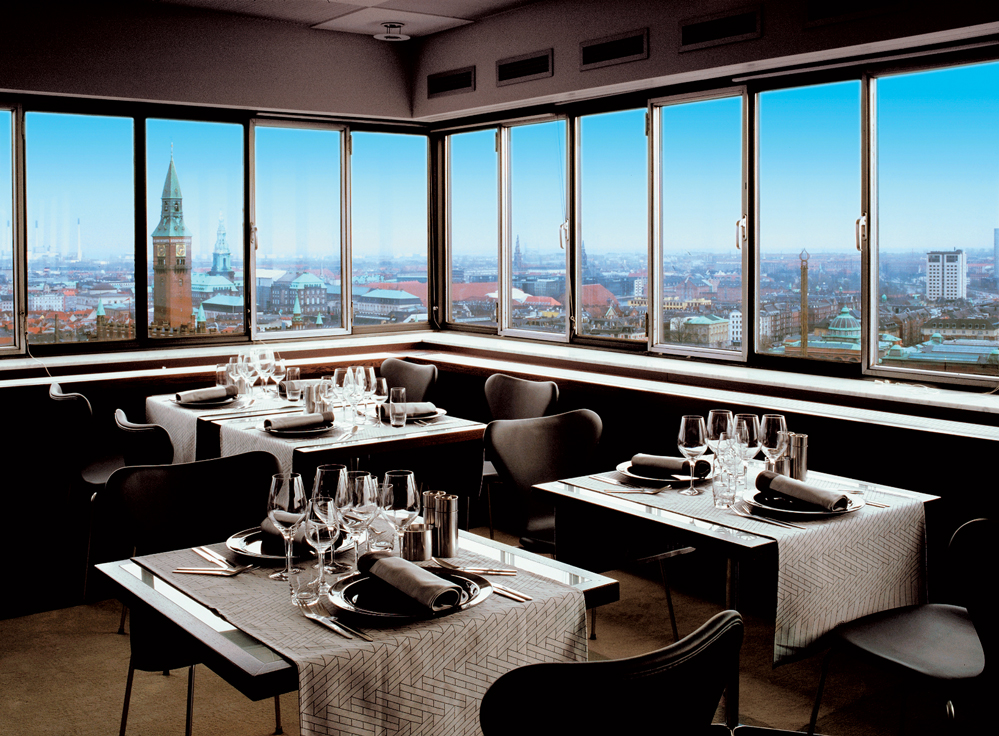
For insight into the Danish design psyche, visit the Danish Museum of Art and Design. Formerly a hospital, the museum comprises 18th-century buildings stretched around a huge grassy square. The exhibits take you through the ages, culminating in a fun room filled with an eclectic modern mishmash. The Designer Zoo is a shop-cum-gallery showing the work of numerous artists. The ceramics are eye-catching, ranging from zanily illustrated imperfect creations by Lone Borgen to items of minimalist chic by Lars Rank.
Made in Denmark at Tivoli Gardens is a great place to buy more commercial arts and crafts, including the postcards by poster artist Ib Antoni. The fashion boutiques, such as Designers Remix Collection, are worth seeing. So is Illums Bolighus in the Stroget shopping precinct, where every display is like what you might find in a gallery. Every building here is the outcome of a sharp eye for design, it seems.
Take a boat ride to see the buildings from the water, or bike around and pop inside whichever ones take your fancy. The Royal Library is known as the Black Diamond because that is what it looks like. At the splendid Royal Danish Playhouse you can sit outside with a chilled beer and gaze at the controversially expensive Copenhagen Opera House across the water. The curvy National Aquarium Denmark, known as The Blue Planet, almost seems to pour into the surrounding sea.
The Louisiana Museum of Modern Art holds a fantastic collection, and among the draws are the Giacometti room inside and the Henry Moore sculpture outside.

The Danes do a design job on their food, too. At the Illum Rooftop, I dine alfresco on my first smørrebrød which is what the Danes call an open sandwich. The Toast Skagen I order arrives piled with the sweetest, pinkest prawns lightly sprinkled with salmon roe, watercress and lemon juice. Nearby, at the Restaurant Schoennemann, opened in 1877, farmers and charcoal burners used to tether their horses outside and tuck into lunches of pickled herring, beer and schnapps. Today, the classic smørrebrød offered here come with beef tartare, eel and tartlets sprouting dill, but all washed down with beer and schnapps. At the Standard’s Almanak restaurant, looking out over the water, I eat a smørrebrød comprising sweet crab, peas and wafer-thin curls of radish, bright white and tinged with red. At the adorable Royal Smushi Cafe I order three sandwiches small enough to be served as if they were sushi.
Noma is the name of the restaurant that gave the world Nordic cuisine, and is spoken of in reverent tones. It occupies what was once a warehouse in a whaling depot. The globally renowned restaurant is due to close at the end of this year. The co-founder, René Redzepi, is setting up an urban farm restaurant. The new establishment will serve food made with seasonal Danish ingredients such as fish in the winter, when the ground is frozen hard, vegetables in the spring and summer, and game, nuts and berries in the autumn.
Noma co-owner Claus Meyer is also involved in Restaurant Radio, which is run by a former sous-chef at Noma, Jesper Kirketerp. “Noma is a good calling card to get people into the country,” Kirketerp says. “But all over the city new restaurants are opening up all the time. You can’t stand still. You need to move all the time to keep up.”
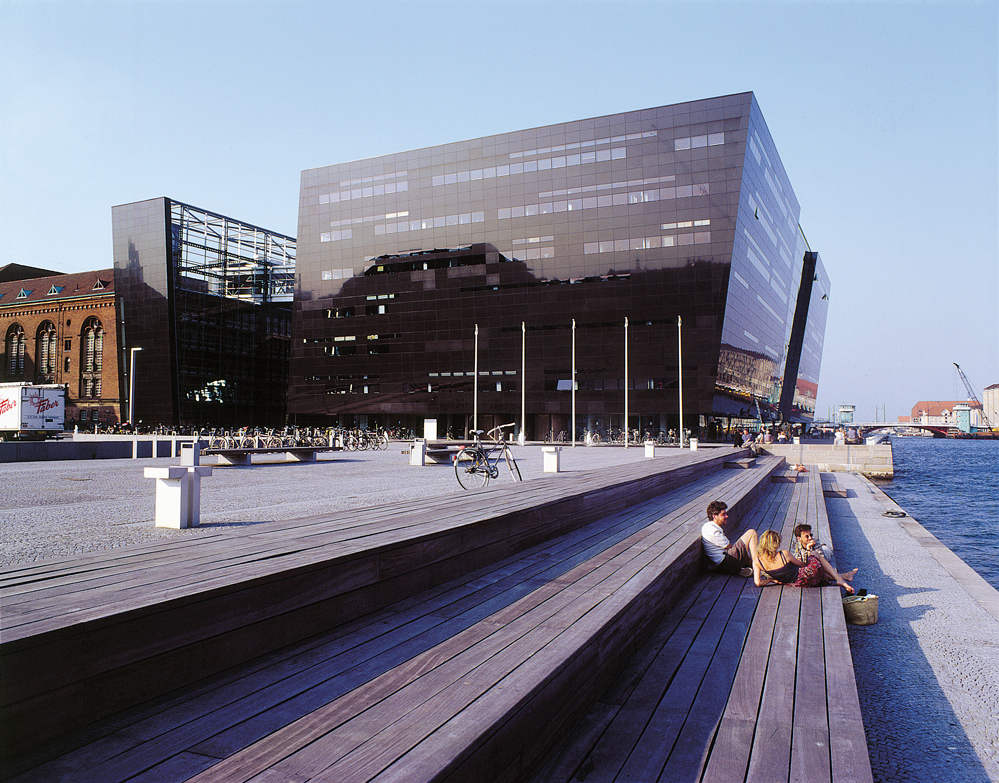
Restaurant Radio serves affordable dishes made with local produce grown organically and other ingredients of Nordic origin. The dishes are so closely in step with the seasons that the menu changes every three weeks. The restaurant is renowned for its desserts, often made with vegetables.
At Kokkeriet, art meets culinary genius, and the combination has won the restaurant a Michelin star. The brains behind Kokkeriet are the manager and head sommelier Sammy Shafi and Executive Chef David Johansen. On Tuesdays the restaurant serves its latest experimental dishes and Wednesdays see culinary students present their creations.
One Thursday each month the establishment gives cooking lessons. “I don’t believe the pure Nordic scene will continue,” Kirketerp says. “I’m using what Nordic has to offer with extremely tasty and fabulous ingredients from other places in the world. After all, the world is getting smaller.”

Relæ is a restaurant where diners sit in deceptively informal surroundings and order from a confusing menu, but the dishes they are served have earned the establishment a Michelin star. Geranium is Copenhagen’s only restaurant with three Michelin stars. Diners at Host eat in shabby, farmhouse-chic surroundings, but those that opt for what the restaurant calls An Evening at Host are served plenty of surprises with their three courses.
To burn off the kilos I hire a bicycle – the preferred mode of transport for most Copenhagen people – and soon learn that the brakes are applied by backpedalling. Be warned that the bicycle lanes are like expressways and stir the Viking blood in Danes, who show no mercy to tourists wobbling along heedlessly. My ride takes me past the picture- perfect scene of the facades of Nyhavn’s old buildings reflected in the canal they face. Nyhavn was once a disreputable area. It is now touristy but fun. It played a supporting role in the Oscar-winning film, The Danish Girl.
I get lost in the little lanes around the city centre, but there discover the cafe culture: in the charming Paludan’s Book and Cafe, with its library; in The Living Room, with its legendary carrot cake; and in the divine Salotto42 Copenhagen, a cafe, bar and shop all in one, with its huge leather sofas.
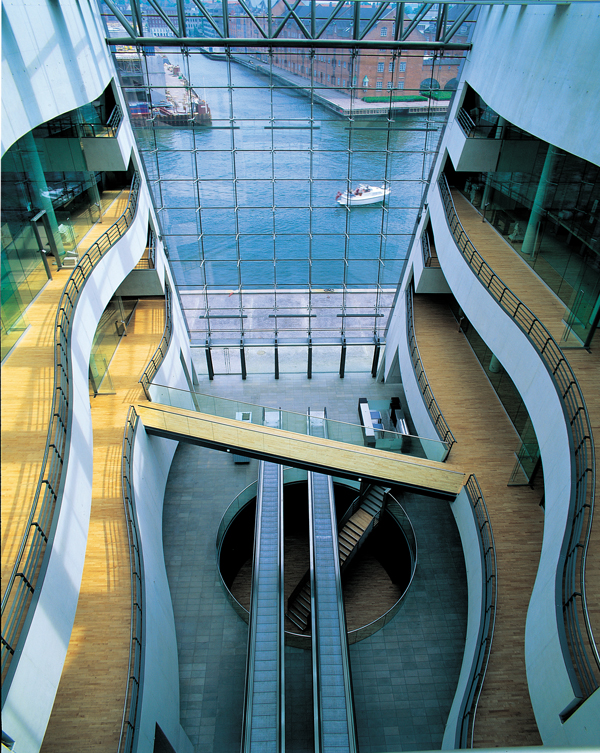
The famous Little Mermaid is barely worth a visit. But it’s fun to watch the changing of the guard at Amalienborg, the palace where the Queen of Denmark lives.
I stop for a while in Rosenborg Castle Gardens and then cycle to the Folketinget, the Danish parliament building seen in the television series Borgen. From there I head further west towards The Lakes and on to the suburbs, where I chill in a deck chair. Then I pedal into Vesterbro, where I come across a flea market. Clothes, food, bags, toys, games – anything and everything that the locals wanted to sell – are set out on tables, on chairs and on the pavement. At nearby Hans Tavsens Park, the sunshine has caused people to strip down, exposing luminously white skin, covered only where decency demands, to the warming rays.
I resist the temptation to join the sunbathers among the trees and flowerbeds, and ride onward to Christiania. In the 1970s, Christiania was Copenhagen’s hippy settlement and the people of the area still follow alternative lifestyles in ramshackle houses, bars, restaurants and al fresco hangouts, filling the air with alternative tunes – and often alternative aromas.
At a stall set out with the kinds of produce that make such aromas when set alight, the stall keeper, hidden behind a screen, lists the qualities of each kind, ranging from those that induce mild giggling to those that are truly mind-altering. But I get my highs on the Star Flyer, so I go instead to a dark, fragrantly smoky bar, order a Christiania beer and enjoy it in the cool dimness that makes the Scandinavian summer sunshine outside seem that much brighter.



